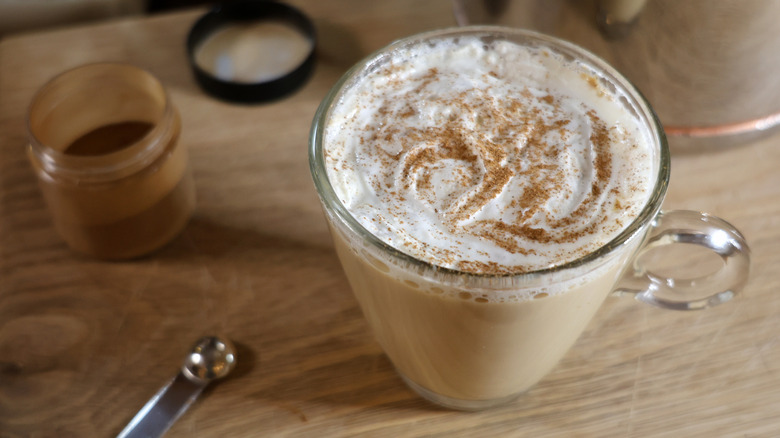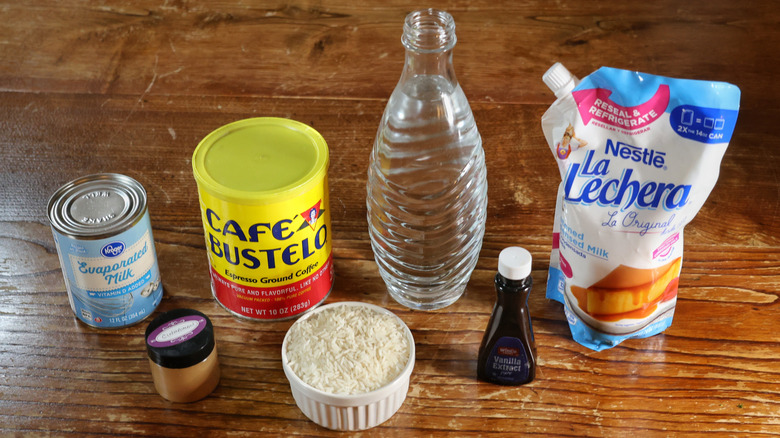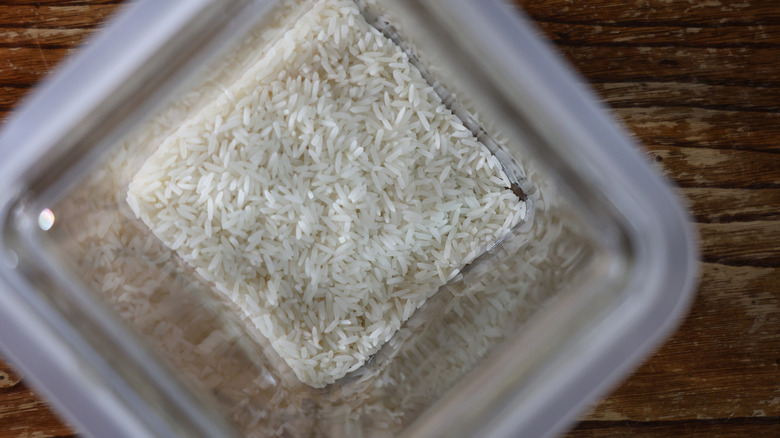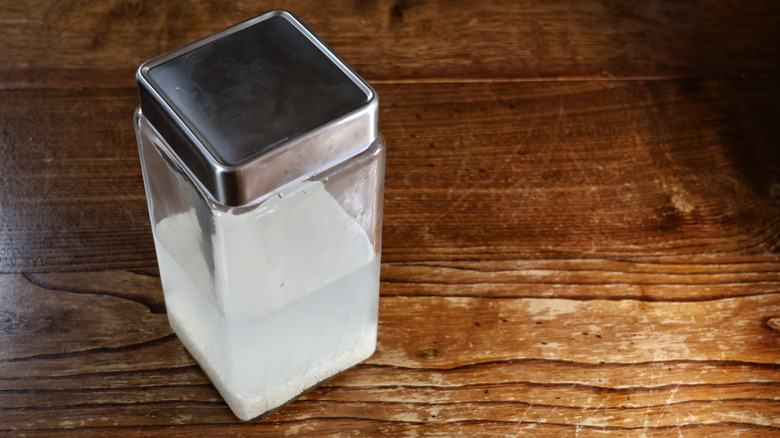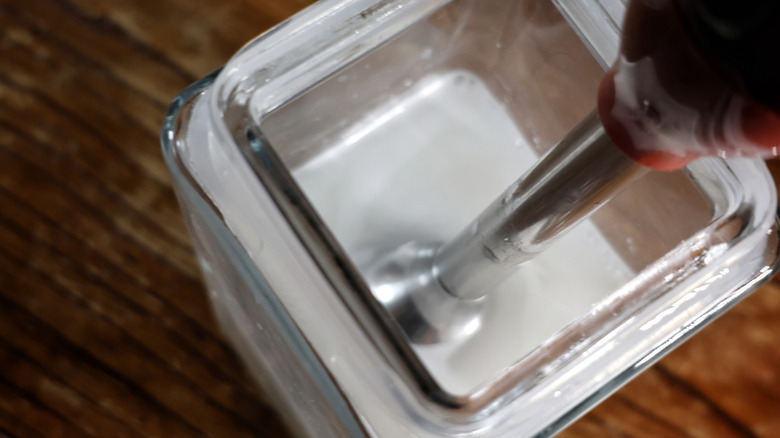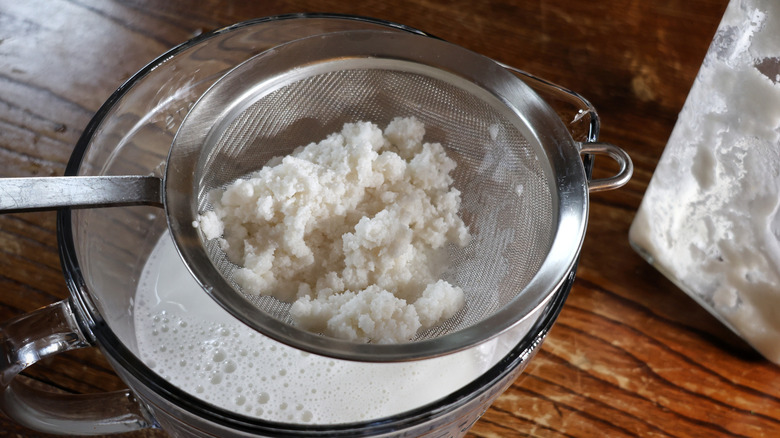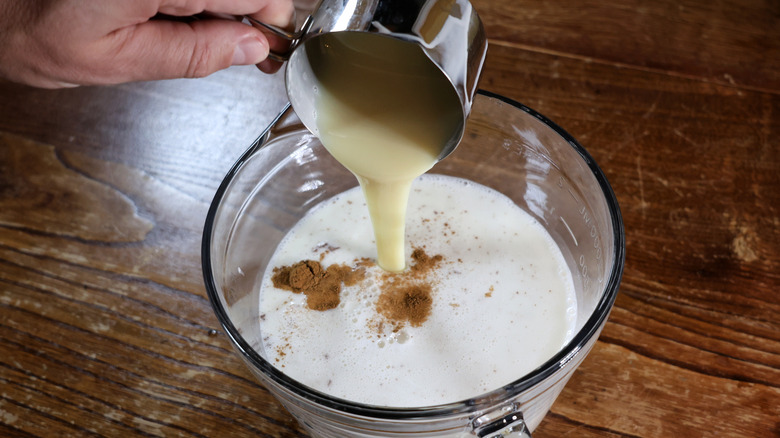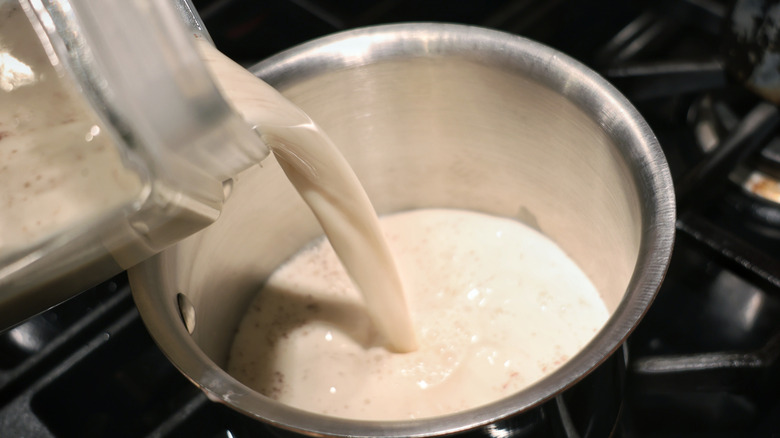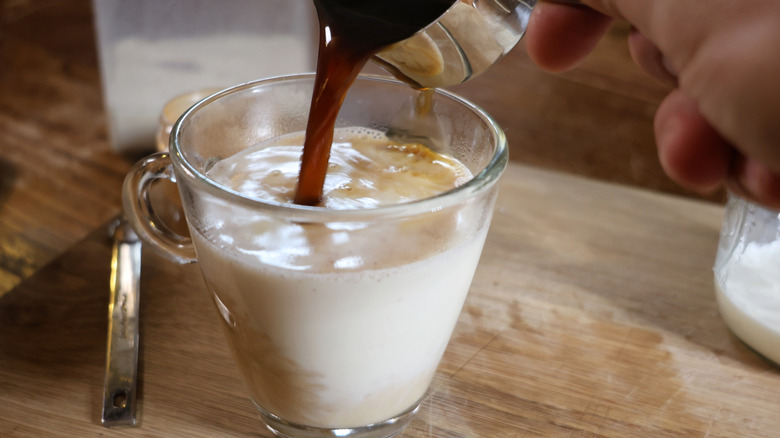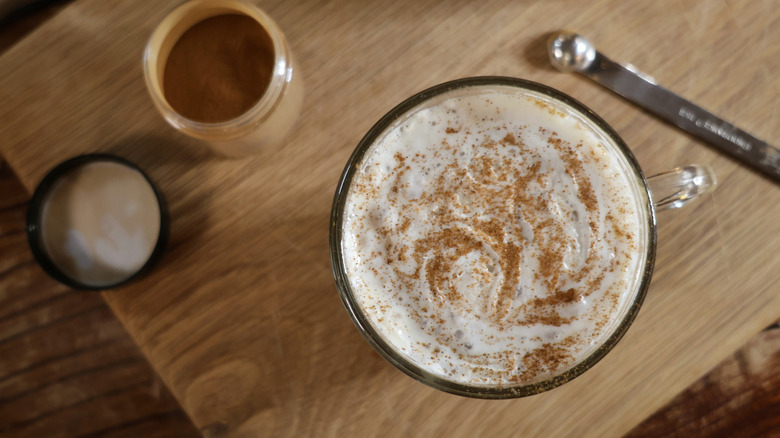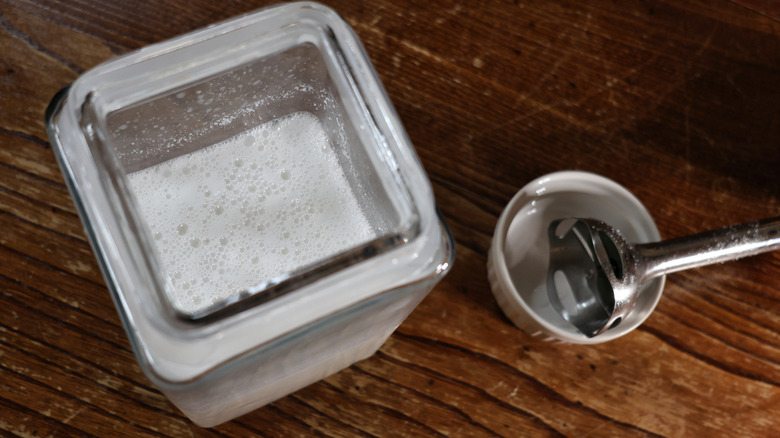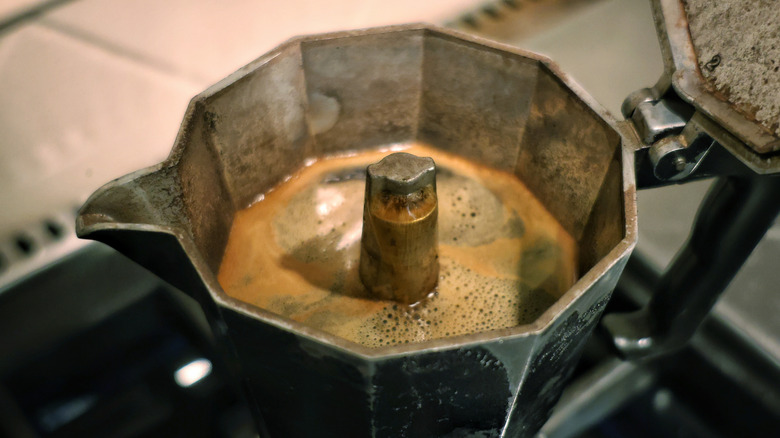Creamy Horchata-Inspired Latte Recipe
If you have ever had a sip of the sweet, creamy, cinnamony drink that is horchata, you know just how delightful it can be. A delicious mixture of grains, spices, sugar, and sometimes dairy gives this drink a silky mouthfeel and depth of flavor, which, frankly, is begging to be mixed with coffee.
Horchata is a beverage with many variants and a surprisingly long history, but the horchata we use in this recipe is based on the traditional Mexican style. We start with a base of rice soaked in water and then blended and strained until smooth, and use condensed milk and evaporated milk to add sweetness and creaminess. Combined with espresso and topped with a little bit of whipped cream and cinnamon, you have a sweet, flavorful, creamy drink that is really everything you could ask for in a latte.
Horchoffee, a terrible name for the combination of horchata and coffee, can be a controversial drink, but we think that this latte may end the controversy once and for all. Once you taste it, you'll understand why.
Gather the horchata latte ingredients
This recipe is split into two parts. To make the horchata, you will need water, rice, evaporated milk, condensed milk, cinnamon, and vanilla extract. Once the horchata is made, you will also need espresso to make the lattes.
Step 1: Mix the rice and water
Add the rice and water to a large, sealable container.
Step 2: Soak overnight
Close the container and allow the rice to soak in the refrigerator at least overnight, or as long as 2 days.
Step 3: Pulverize the rice
Once the rice is properly soaked, blend the rice and water until the rice is pulverized.
Step 4: Strain the liquid
Strain the rice water with a fine mesh sieve to remove the rice particles.
Step 5: Finish the horchata
Stir the evaporated milk, condensed milk, cinnamon, and vanilla extract into the rice water to finish the horchata.
Step 6: Warm the horchata
Heat the horchata on the stove over medium heat, stirring regularly, until it reaches your desired latte temperature.
Step 7: Add espresso
For each latte, combine 6 ounces of warm horchata with 2 ounces of espresso.
Step 8: Garnish and serve
Serve hot, garnished with whipped cream and cinnamon, if desired.
Creamy Horchata-Inspired Latte Recipe
Creamy horchata made from rice, condensed milk, evaporated milk, and cinnamon is the perfect base for a shot of espresso in this easy horchata-inspired latte.
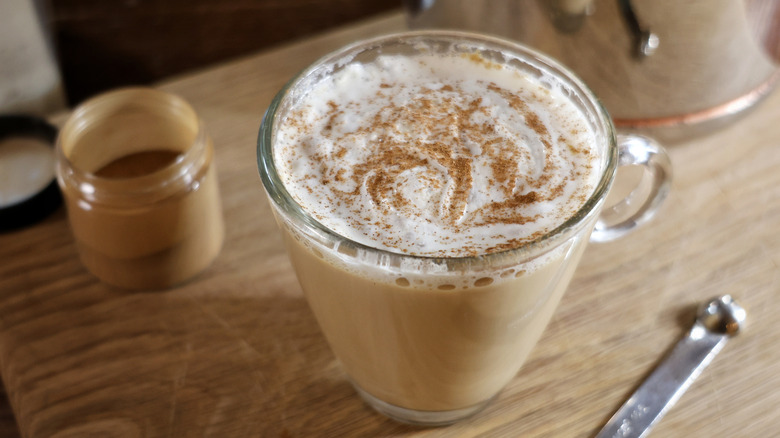
Ingredients
- For the horchata
- 1 cup long grain rice
- 4 cups water
- 1 cup evaporated milk
- 1 cup condensed milk
- ¼ teaspoon cinnamon
- ¼ teaspoon vanilla extract
- For each latte
- 6 ounces horchata
- 2 ounces espresso
Optional Ingredients
- Whipped cream, for garnish
- Cinnamon, for garnish
Directions
- Add the rice and water to a large, sealable container.
- Close the container and allow the rice to soak in the refrigerator at least overnight, or as long as 2 days.
- Once the rice is properly soaked, blend the rice and water until the rice is pulverized.
- Strain the rice water with a fine mesh sieve to remove the rice particles.
- Stir the evaporated milk, condensed milk, cinnamon, and vanilla extract into the rice water to finish the horchata.
- Heat the horchata on the stove over medium heat, stirring regularly, until it reaches your desired latte temperature.
- For each latte, combine 6 ounces of warm horchata with 2 ounces of espresso.
- Serve hot, garnished with whipped cream and cinnamon, if desired.
Nutrition
| Calories per Serving | 251 |
| Total Fat | 5.9 g |
| Saturated Fat | 3.6 g |
| Trans Fat | 0.0 g |
| Cholesterol | 22.1 mg |
| Total Carbohydrates | 42.7 g |
| Dietary Fiber | 0.3 g |
| Total Sugars | 24.0 g |
| Sodium | 88.9 mg |
| Protein | 6.8 g |
What is the origin of horchata?
Many of us get our first taste of horchata alongside a plate of Mexican food at our local taqueria, leading to the assumption that horchata is a beverage of Mexican origin. While it certainly is a traditional and well-loved agua fresca throughout Mexico, that is not where it originated. In fact, horchata was first made halfway around the world in northern Africa using very different ingredients.
The horchata that you get at your local Mexican restaurant is likely made with rice, cinnamon, possibly almonds, and some dairy products like condensed milk and evaporated milk. But that is far from the only way to make horchata. It is quite common for other nuts, seeds, and grains to be used, and the original beverage was actually made with tubers.
The original horchata was a beverage made with a tuber called tiger nuts, also known as chufa, in North Africa, dating back all the way to 2400 B.C. Over time, the drink migrated through Rome, then Spain, and off to Hispanic countries around the world, each with its own signature style and list of ingredients.
What is espresso?
If you've never had an espresso, or at least a drink from your local coffee shop that uses espresso (like a latte or cappuccino), you are certainly in the minority these days. This particular preparation of coffee has existed for a little over 120 years, with the first espresso machine invented in 1901, and has been steadily taking over the coffee market since its invention. But what really separates espresso from other types of coffee?
You've probably seen a number of products that use the word "espresso" in their description. You might see a jar of espresso ground coffee or a bag of espresso roast. While both grind and roast are important factors when making espresso, neither is technically part of the definition. What makes it espresso is how it's made.
Unlike most other forms of coffee, such as pour-over, French press, drip, or percolator, which are all various forms of steeping, espresso relies on a more complicated system. To make espresso, the water must be pressurized. This hot, pressurized water is pushed through finely ground coffee to create a small, strong, and rich cup of espresso.
There are many espresso makers on the market, from the fancy, barista-ready types sometimes costing thousands of dollars, to the classic stovetop Moka pot, which you can pick up for the price of a few lattes. So long as they get that pressure up, all of them can make you a delicious cup of espresso.
